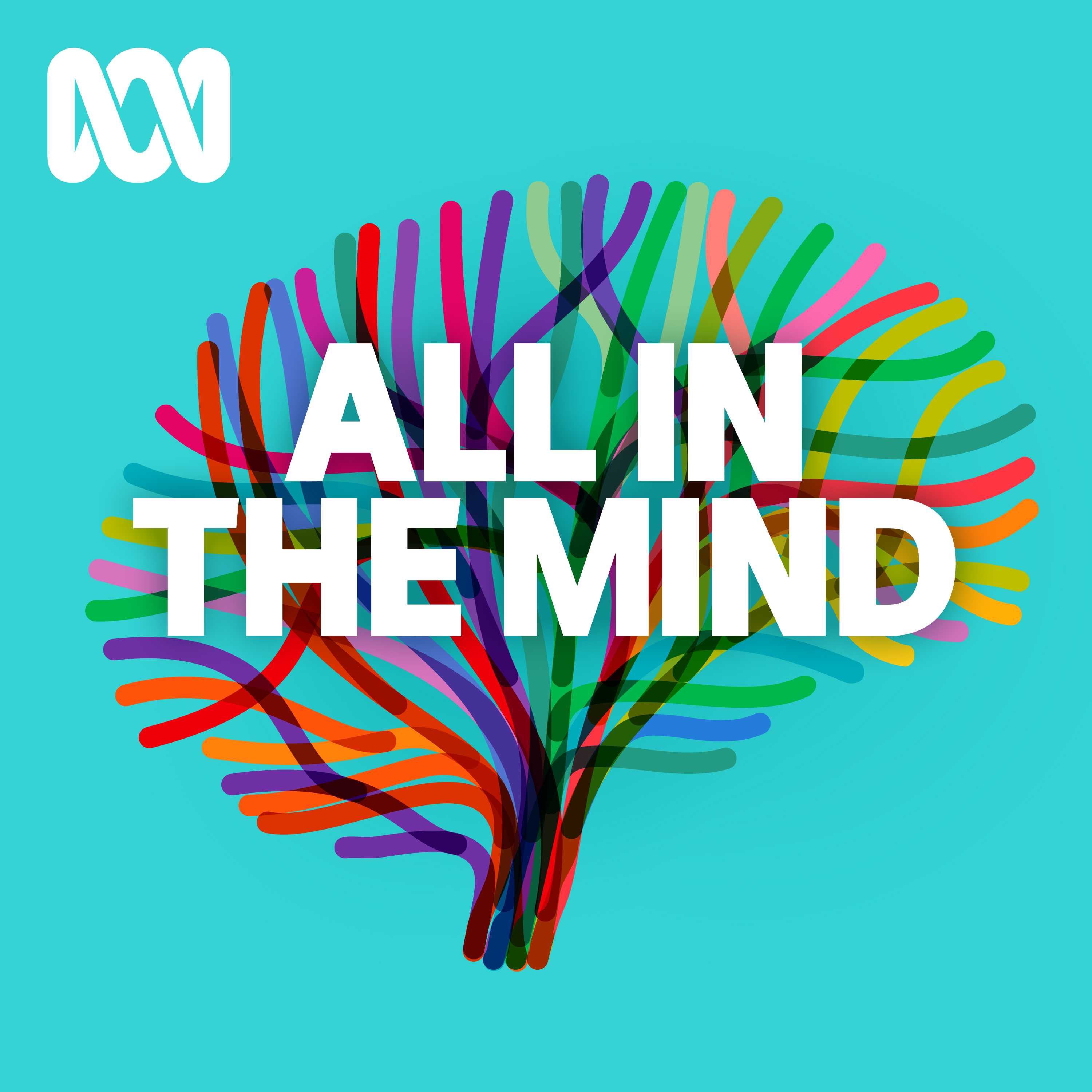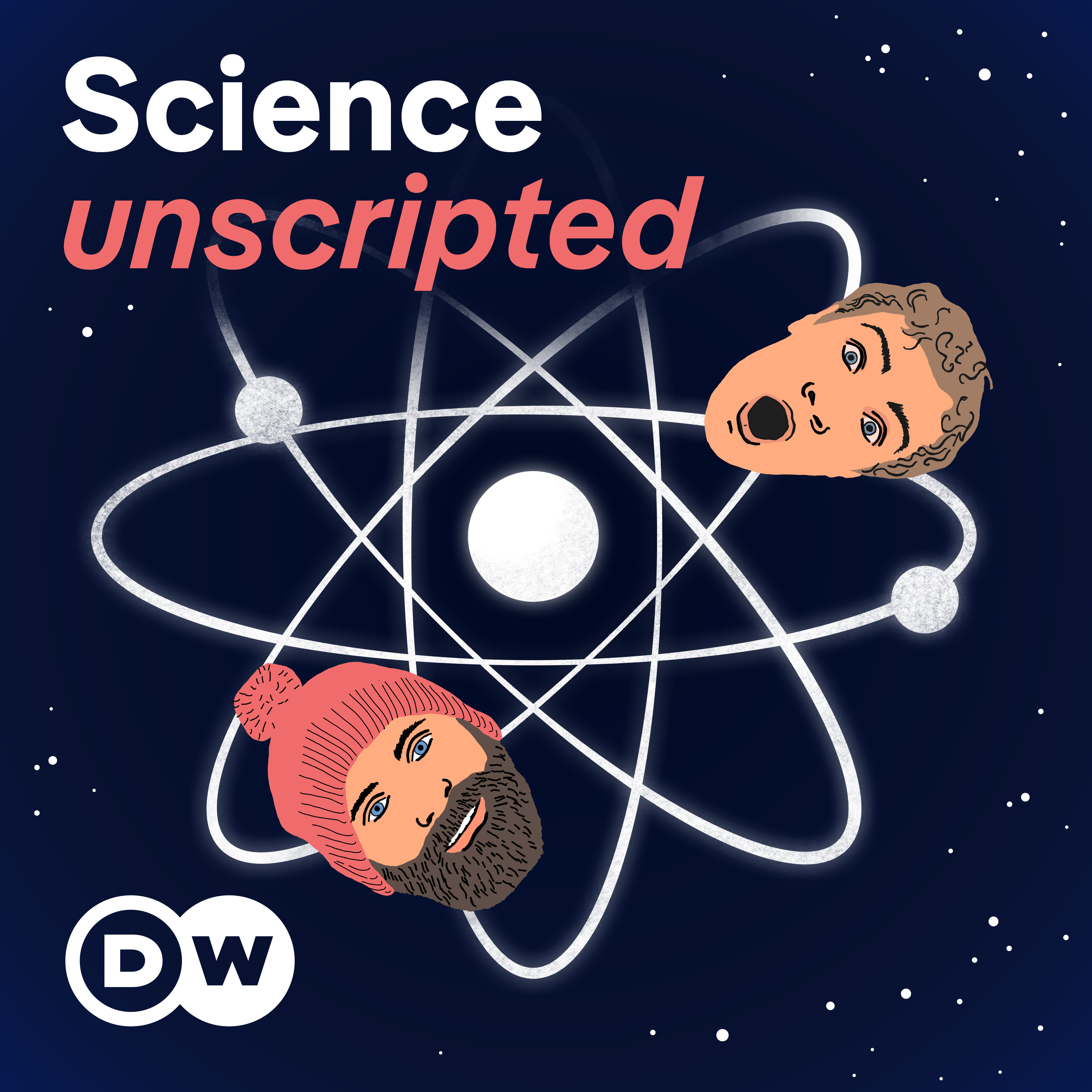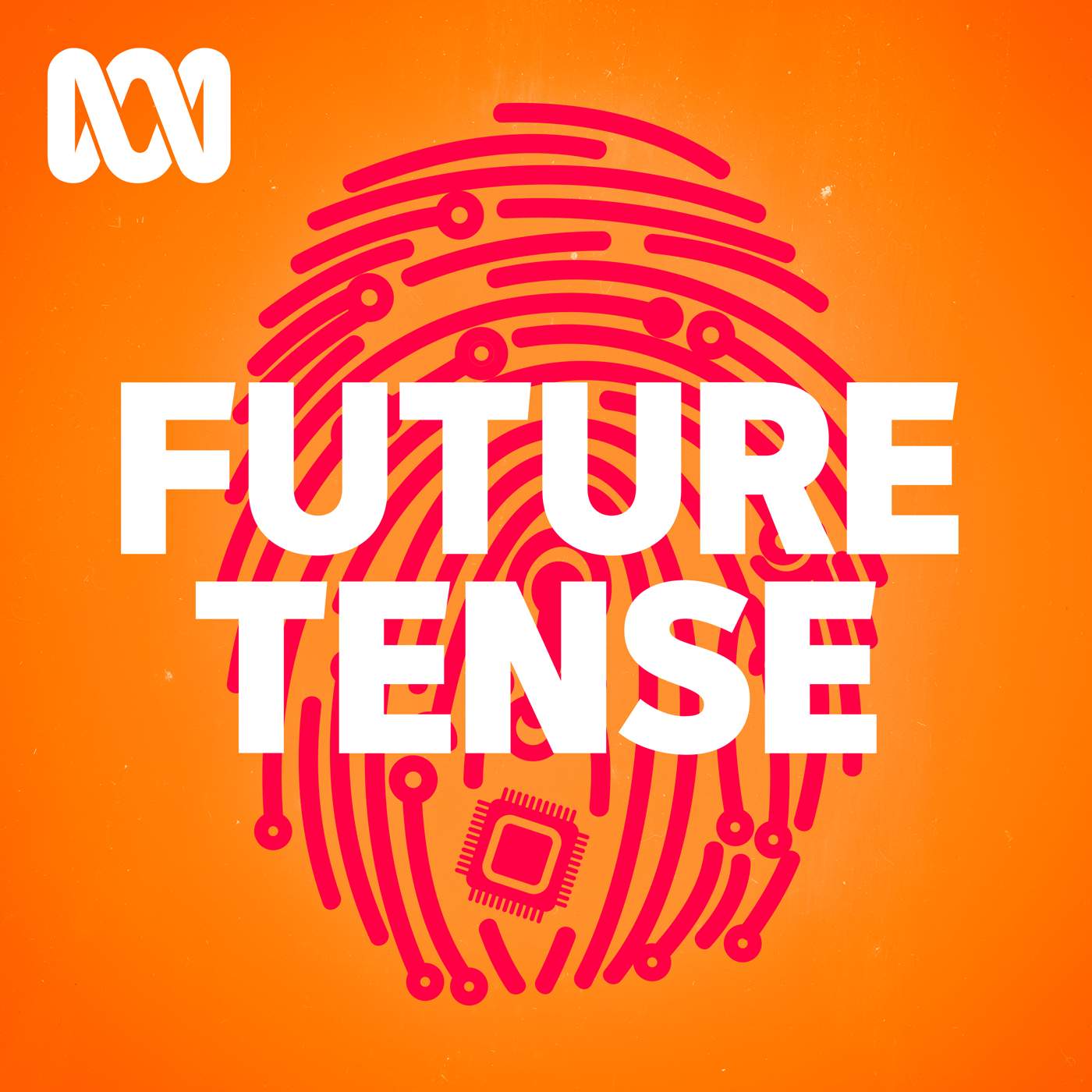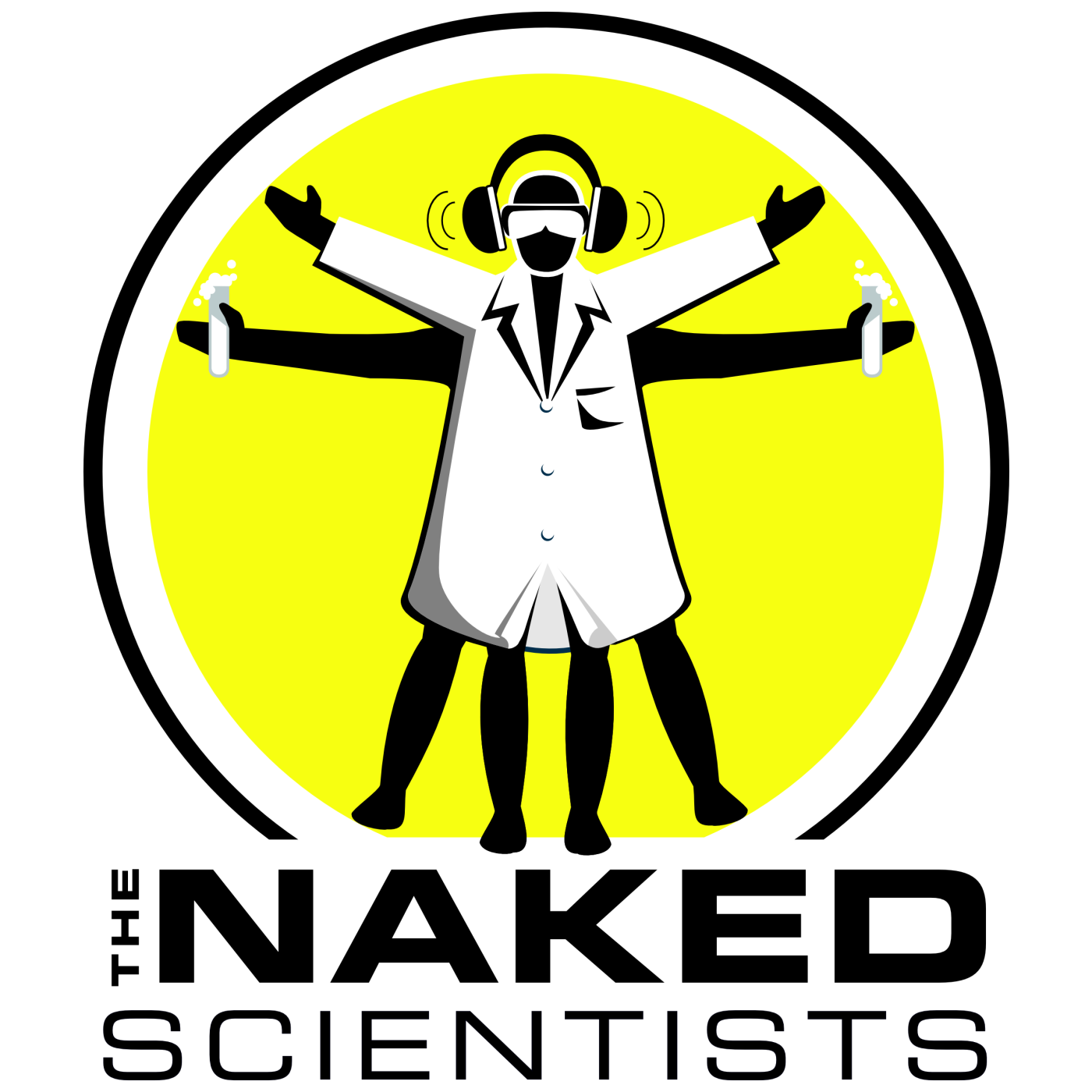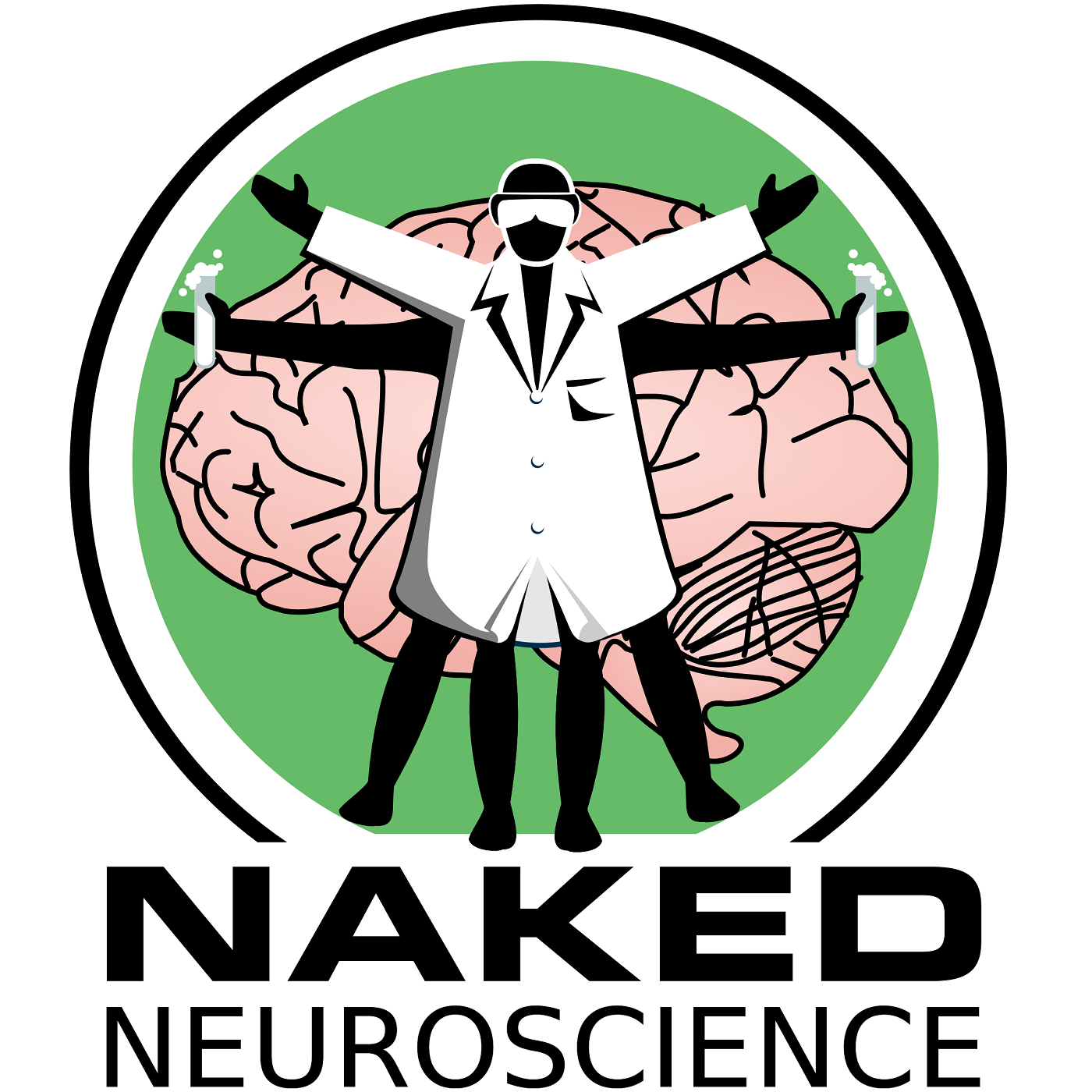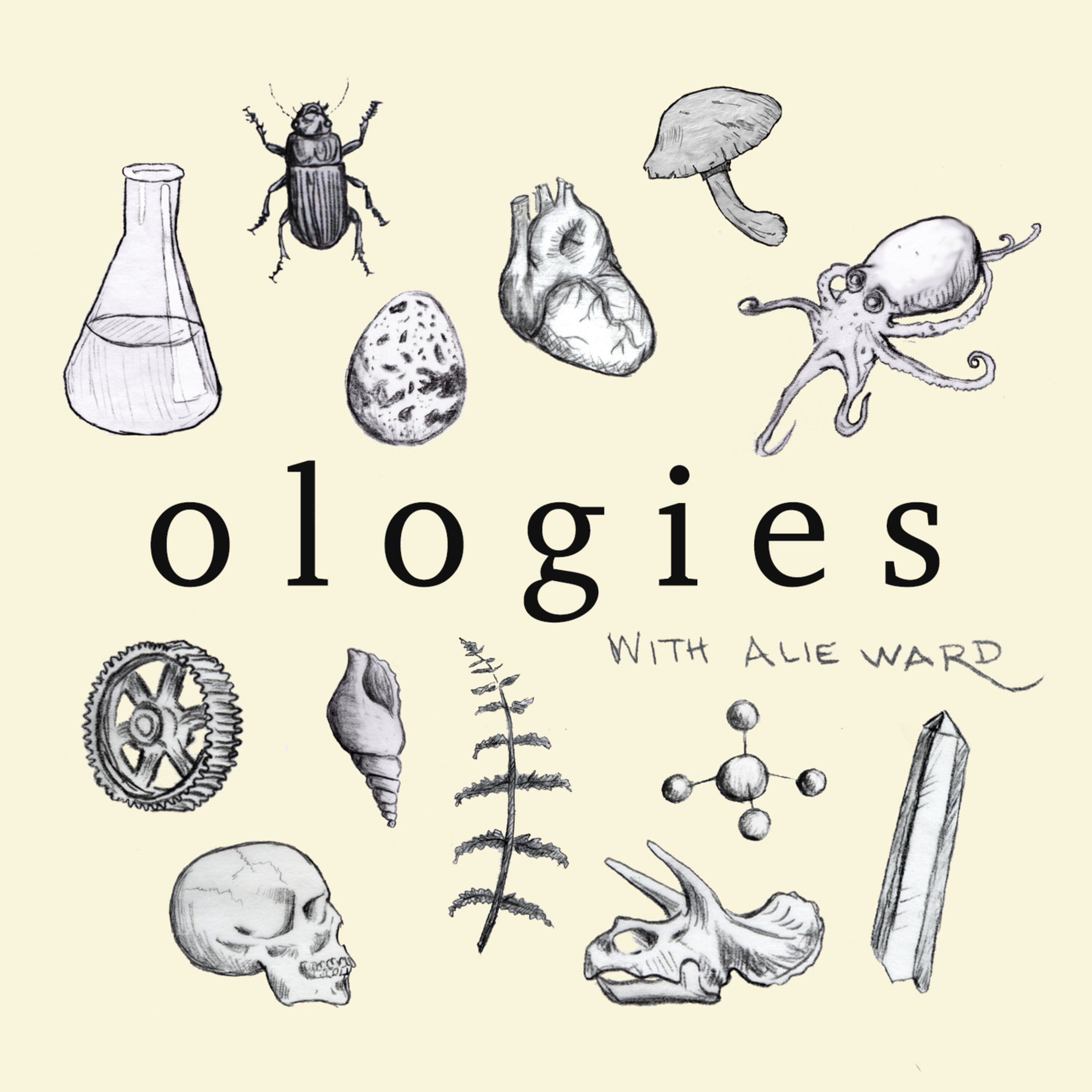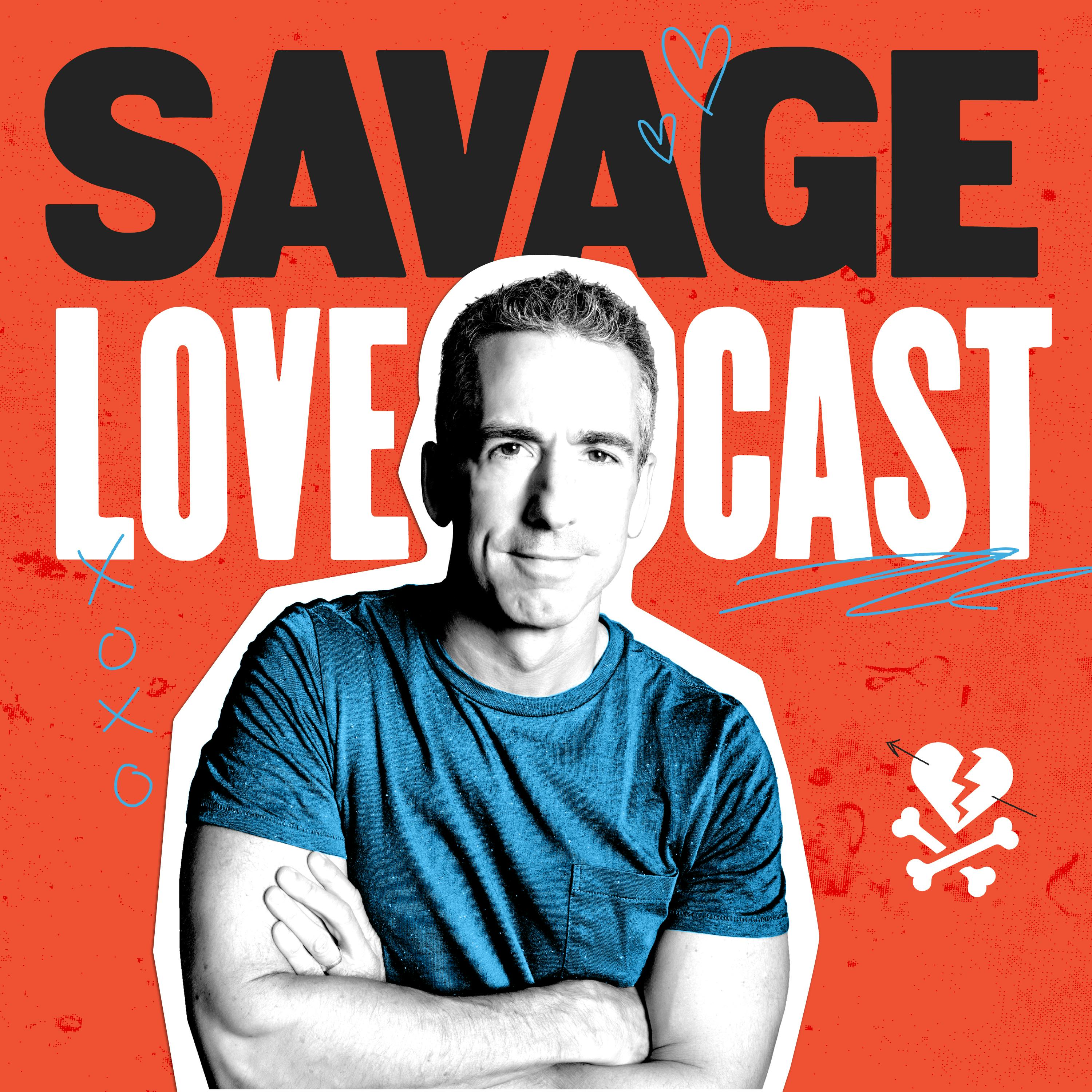
Heliox: Where Evidence Meets Empathy 🇨🇦
Join our hosts as they break down complex data into understandable insights, providing you with the knowledge to navigate our rapidly changing world. Tune in for a thoughtful, evidence-based discussion that bridges expert analysis with real-world implications, an SCZoomers Podcast
Independent, moderated, timely, deep, gentle, clinical, global, and community conversations about things that matter. Breathe Easy, we go deep and lightly surface the big ideas.
Curated, independent, moderated, timely, deep, gentle, evidenced-based, clinical & community information regarding COVID-19. Since 2017, it has focused on Covid since Feb 2020, with Multiple Stores per day, hence a sizeable searchable base of stories to date. More than 4000 stories on COVID-19 alone. Hundreds of stories on Climate Change.
Zoomers of the Sunshine Coast is a news organization with the advantages of deeply rooted connections within our local community, combined with a provincial, national and global following and exposure. In written form, audio, and video, we provide evidence-based and referenced stories interspersed with curated commentary, satire and humour. We reference where our stories come from and who wrote, published, and even inspired them. Using a social media platform means we have a much higher degree of interaction with our readers than conventional media and provides a significant amplification effect, positively. We expect the same courtesy of other media referencing our stories.
Heliox: Where Evidence Meets Empathy 🇨🇦
🧪The Hidden Medicine Cabinet: Why One Old Drug Might Hold Keys to Our Chronic Illness Crisis
Corresponding Substack Episode
When a 50-year-old addiction medication starts reversing autoimmune diseases, clearing brain fog, and helping cancer patients—maybe it's time we stopped thinking about medicine the way pharmaceutical companies want us to.
We live in an age of medical gaslighting disguised as evidence-based care. Millions of people suffer from conditions that conventional medicine can't explain, won't treat, or dismisses as psychological. Long Covid patients know this intimately—told their debilitating symptoms are "just anxiety" while their immune systems wage war against their own bodies.
The LDN Book, Volume 3 is both a resource for practitioners, pharmacists and patients and a renewed call for further research on the healing potential of this generic drug
This is Heliox: Where Evidence Meets Empathy
Independent, moderated, timely, deep, gentle, clinical, global, and community conversations about things that matter. Breathe Easy, we go deep and lightly surface the big ideas.
Thanks for listening today!
Four recurring narratives underlie every episode: boundary dissolution, adaptive complexity, embodied knowledge, and quantum-like uncertainty. These aren’t just philosophical musings but frameworks for understanding our modern world.
We hope you continue exploring our other podcasts, responding to the content, and checking out our related articles on the Heliox Podcast on Substack.
About SCZoomers:
https://www.facebook.com/groups/1632045180447285
https://x.com/SCZoomers
https://mstdn.ca/@SCZoomers
https://bsky.app/profile/safety.bsky.app
Spoken word, short and sweet, with rhythm and a catchy beat.
http://tinyurl.com/stonefolksongs
Curated, independent, moderated, timely, deep, gentle, evidenced-based, clinical & community information regarding COVID-19. Since 2017, it has focused on Covid since Feb 2020, with Multiple Stores per day, hence a large searchable base of stories to date. More than 4000 stories on COVID-19 alone. Hundreds of stories on Climate Change.
Zoomers of the Sunshine Coast is a news organization with the advantages of deeply rooted connections within our local community, combined with a provincial, national and global following and exposure. In written form, audio, and video, we provide evidence-based and referenced stories interspersed with curated commentary, satire and humour. We reference where our stories come from and who wrote, published, and even inspired them. Using a social media platform means we have a much higher degree of interaction with our readers than conventional media and provides a significant amplification effect, positively. We expect the same courtesy of other media referencing our stories.
Welcome to the deep dive, where we take your sources and unpack the most fascinating insights. This deep dive is custom tailored for you, the curious learner looking to quickly grasp complex topics without feeling overwhelmed. Today, we're diving into a collection of material focused on, well, a single medication used at very, very low doses. low-dose naltrexone or LDN. What's fascinating here is how these sources explore its potential use across a surprisingly wide range of conditions, things like autoimmune diseases, chronic illness, even long COVID, cancer, and eye issues. It really does challenge our typical understanding of how drugs work, doesn't it? Yeah. We're going to look at how this one medication, which is traditionally used for very different reasons and at much higher doses, is being explored often off-label, mind you, for conditions that seem unrelated on the surface. Yeah. But they might share deeper connections, things like immune dysfunction and chronic inflammation. It does sound remarkable, almost counterintuitive, really. How could a single drug possibly have an impact on such diverse health challenges? That's the million dollar question, isn't it? And these sources really dive into that. They offer insights into the proposed biological research. How? We'll look at the potential mechanisms of action, you know, the clinical observations being reported, and try to connect the dots on those underlying processes that might link these varied conditions. Get ready for some surprising connections. Okay, let's unpack the basics. How do the sources describe LDN itself? They mention naltrexone exists in two different molecular shapes, isomers, they call them. Right, isomers. Think of them like mirror images, a bit like your left and right hands. They're chemically the same, but structured differently. And the sources suggest one of these shapes, one isomer, seems to interact more with immune cells, while the other primarily binds to opioid receptors. The research highlighted here points to the labonaltrex on isomer as, well, the key player in the LDN context. It acts as an antagonist. An antagonist, meaning it blocks them briefly. Exactly. For a short period. It sort of briefly occupies the opiate and endorphin receptors. And this brief blockade, the hypothesis goes, actually stimulates the body to increase its natural production of endorphins, you know, those feel-good pain-relieving chemicals. And over time, it also seems to potentially upregulate or increase the number of those opiate receptors, makes the system a bit more sensitive, perhaps. And the crucial part here, the really key thing, is this is all happening at very low doses, right? Much lower than its standard use. Absolutely critical, yes. The sources strongly emphasize this. The effects seen with a low-dose naltrexone, things like influencing cell growth rates, impacting inflammatory pathways... They're entirely different from the effects you see at standard maltrexone doses used for addiction. It's like the same key fitting multiple locks, but only certain locks respond when you just kind of nudge it versus turning it fully. And the chirality, the handedness of the molecule plays a role in how these different shapes interact with different receptors, too. OK, so the core idea based on this research is that LDN might be so useful across things like autoimmune conditions and maybe even some cancers because of these unique interactions. affecting the immune system, the opioid system. Boosting natural endorphins, modulating inflammation. Yeah, it seems to target those fundamental systems. Right. Now, there's a practical hurdle mentioned in the sources, isn't there, about its wider acceptance. It's generally not officially licensed for most of these conditions. That's a really important piece of the puzzle. You see, naltrexone is an older drug. It's generic now, relatively inexpensive. And the sources explain there's very limited patent protection left. So, you know, a pharmaceutical company isn't likely to invest the millions, maybe hundreds of millions needed for the huge clinical trials to get official licensing for these new uses. Why not? Because they wouldn't really be able to recoup those costs. There's no exclusivity. Ah, OK. So the drug itself is available generically, but it just doesn't have that formal regulatory stamp of approval for these specific uses. Correct. Which is why using it for, say, autoimmune conditions or long COVID is considered unlicensed or off-label. But, and this is important, the sources are quick to point out this is actually a very common practice in medicine. Oh, really? Yeah. They cite examples like the NHS in the UK provides a substantial amount of medications off-label every single year. If the clinical need is there and the evidence supports it, doctors often use drugs off-label. So for you, the listener, this means if you were thinking about LDN, you'd need to find a prescriber who's comfortable with that off-label use. And the sources really stress patient education, suggesting resources like the LDN Research Trust website and the need for thorough follow-up, because it's often a long-term treatment. Absolutely. Now, a central idea running through all these sources is this deep link between a, well, poorly functioning immune system, chronic low-grade inflammation, and just a vast number of these debilitating chronic conditions. And LDN is presented as potentially helping with that, modifying and supporting immune function sometimes. That's the idea. And one key mechanism they highlight is its role in suppressing the activity of something called TLR4. TLR4. What are TLRs? Toll-like receptors. Think of them as sentinols on our innate immune cells. They're pattern recognition receptors, PRRs. They're constantly scanning for danger signals, maybe signals from pathogens like bacteria or viruses, those are Pampipes, or signals from damaged tissues in our own body, those are DAMPs. The sources even mention lifestyle factors creating lamps that can activate them. So when these sentinels spot trouble, they bind to these patterns. And it's like sounding an alarm, kicking off inflammation. Exactly. That binding triggers a whole cascade inside the cell, involves proteins like MyYD88, and ultimately it ramps up the production of NFKB. NFKB, that sounds important. It is. It's a major switch. It basically turns on a whole host of inflammatory responses in the body, essential for fighting infection short term. But what if that switch gets stuck? Stuck in the on position? Well, that's the problem. That leads to high levels of unwanted persistent inflammation. and that can drive autoimmune responses. You see, unlike acute inflammation, the redness, heat, swelling, pain you get with a cut, which is helpful, chronic inflammation is often much sneakier. You might not feel it the same way, but it's simmering underneath, driving conditions like rheumatoid arthritis, psoriasis, inflammatory bowel disease, and potentially many others. So LDN stepping in to inhibit TLR4, it's like turning down the volume on that runaway alarm, dampening that NFKB response. That's precisely the idea presented in the sources, yes. By kind of restraining NFKB activity, possibly via TLR4 inhibition, LDN is thought to help reduce this excessive inflammation and calm down an overactive immune response. And this mechanism is put forward as a key way LDN might work across that whole range of inflammatory and autoimmune conditions. we mentioned earlier. Okay, let's zoom in then. One area heavily discussed in these sources is long COVID, a huge issue right now. It's described as often being more debilitating than the initial infection itself, with a real lack of clear treatment strategies and just a massive list of potential symptoms, right? Affecting quality of life severely. Absolutely. And it connects back, interestingly, to a longer history of post-infectious conditions. The sources draw parallels to things like encephalitis lethargica after the 1918 flu. There's a serious concern raised. Which is? That similar to observations after the H1N1 pandemic where there was an increase in narcolepsy, the chronic neuroinflammation and autoimmune processes we're seeing post-COVID could potentially lead to an increase in long-term neurological problems. Yeah. Things like Parkinson's or MS, maybe decades down the line. Wow. Wow. That's sobering. And frustratingly, the sources mention that early on, long COVID patients faced this broken epistemology, meaning their symptoms were often dismissed. Yes, sometimes dismissed as purely psychological without fully considering the potential immunological mechanisms. The sources use fibromyalgia as a good example, a condition where inflammation and autoantibodies are now recognized as playing a real role, even causing measurable changes in nerve sensitivity. It points to a physical basis for these complex symptoms. The sources also talk about overlap, long COVID symptoms overlapping with reactivated infections like Epstein-Barr virus. Yes, that comes up a lot. And stress is noted as a potential trigger for these reactivations. They mention other infections too, Lyme, portonella, mycoplasma, toxoplasmosis, showing signs of reactivation in long COVID patients, often linked to something called T-cell exhaustion. T-cell exhaustion? The immune cells are just worn out. Essentially, yes. They lose their proper function. Yeah. Now, this leads to a really fascinating concept from the sources, the endosome. The endosome? What's that? They describe it as a crucial storage site inside our cells, kind of a cellular battleground during viral infections. Yes. Aberrant invasive monocytes loaded with spike protein. Work by Dr. Bruce Patterson is cited. These atypical monocytes are described as acting aggressively, invading tissues, causing ongoing damage and pathology, contributing to that wide array of symptoms. Wow. And NAD plus deficiency and NAC are also mentioned. As important factors in the inflammatory and antioxidant responses during COVID, yes, it's a complex picture. So bringing it back to LDN, how does it potentially fit into this long COVID puzzle? Well, the sources share anecdotal clinical experience, and they suggest significant positive responses in patients who've tried LDN for long COVID. But, and they really emphasize this, improvement typically isn't seen right away, not usually in the first two or three weeks. Patience is needed. Okay, but when improvements are seen... What are they reporting? What gets better? The most dramatic early benefit often reported is the clearing of brain fog. That seems to respond relatively quickly. For some, they recount one case, a young patient who within just two or three weeks of starting LDN could concentrate again, return to their studies. Pretty remarkable. And other symptoms? Chronic fatigue is reported to improve, but more slowly, more gradually, over several months, typically. Muscle pain has also been reported to resolve in some cases. Okay, let's shift gears slightly. Autoimmune disease. The sources keep coming back to this idea of a poorly functioning immune system being the root cause. Absolutely. And they use mixed connective tissue disease, MCTD, as a detailed example. It's described as a complex autoimmune condition, historically tricky to classify because its symptoms often overlap with other diseases like lupus or scleroderma. though newer research points toward a distinct underlying pathology. The sources give us a kind of checklist, almost. Red flags for suspecting autoimmunity. They do. Things like persistent brain fog, chronic fatigue, widespread pain, symptoms suggesting hormone imbalance... new chemical sensitivities, unexplained psychiatric issues, and definitely a family history of autoimmune disease. So if several of these flags are present, especially if combined with specific system-wide symptoms, the sources detail affecting skin, joints, muscles, lungs, heart, kidneys, gut, then something like MCTD might be on the radar. They simplified the diagnostic criteria suggesting looking for two or more key clinical signs like swollen hands, joint inflammation, muscle inflammation, Raynaud's phenomenon, or early atherosclerosis. And then combining that with a specific antibody test. Yes, a positive test for the anti-U1 RNP antibody. That combination strongly suggests MCTD. It's fascinating they describe MCTD as an epigenetic disease, meaning genes load the gun, but environment pulls the trigger. Exactly. Environment turns on the genetic predisposition. And while mainstream medicine often points to things like certain toxins or UV light, Our sources really argue for digging much deeper. A much broader evaluation of triggers unique to each patient is needed for any real hope of long-lasting improvement. Right. So what are some of these other triggers the sources highlight, the less commonly addressed ones? Well, a huge one is the microbiome, gut health. Dysbiosis, an imbalance of gut bacteria, is presented as a major epigenetic trigger for many autoimmune diseases. They really emphasize how crucial gut bacteria are not just for digestion, but for making neurotransmitters and housing like 70-80% of our immune cells. And LDN is mentioned specifically for gut health. Yes, they note research showing benefits in conditions like Crohn's and ulcerative colitis, suggesting it decreases inflammatory cytokines in the gut, helps balance the microbiome, and maybe even reduces cravings for foods that might be fueling the inflammation. Yeah. Interesting side effect. What else? What other triggers? Nutritional deficiencies, described as rampant in modern diets, affecting everything from making neurotransmitters to activating vitamins properly. Vitamin D comes up a lot, doesn't it? Hugely important. Yeah. Vitamin D deficiency is singled out as a widely researched epigenetic trigger for autoimmunity. Iron deficiency is also noted as common in MCTD. And thyroid function, particularly getting enough active T3 hormone, even if the standard KSH test looks normal. That's presented as critical. Okay, gut, nutrition, thyroid. What else? Latent infections, things like mold exposure, chronic Lyme disease. Listed among the top triggers they see clinically Environmental toxins too Not just the big industrial ones But the sheer cumulative burden of chemicals we encounter daily Potential mechanisms include molecular mimicry Or causing oxidative damage And lifestyle factors Absolutely Chronic sleep disruption Unmanaged chronic pain These act as powerful triggers, too, often creating vicious cycles involving inflammation and depleted endorphins. So the message is you really can't effectively manage autoimmune disease without addressing these underlying triggers, especially sleep. That's the strong argument from these sources. Yes, a systematic, multi-pronged approach is needed for better quality of life long term. identify and address the triggers. And we see this in the case studies they share, right? Like the woman with multiple autoimmune issues and cancer history? Yes, that's a compelling example. Multiple autoimmune conditions, recurrent breast cancer. She saw significant improvement in her autoimmune symptoms, her quality of life after adding LDN, high-dose vitamin D, and major dietary changes. And her anxiety improved too, to the point of stopping medication. Exactly. No longer needing benzodiazepines. That highlights the potential systemic impact when you address these underlying factors. Let's move to cancer. Another area the sources explore LDN's potential. They acknowledge the data is mostly anecdotal due to limited trials. Right. Limited controlled trials, so mostly observational or case study data. But still, some intriguing observations are presented. And the scientific rationale ties back to inflammation again. Largely, yes. Back to those inflammatory pathways. Naltrexone concentrates in the liver, apparently. And inhibiting receptors like TLR9 there is hypothesized to reduce inflammatory signals like IL-6. And IL-6 is linked to cancer progression. Strongly associated with cancer progression and metastasis, yes. So it circles back to that central theme. Mm-hmm. Chronic inflammation can fuel disease, including various cancers. Like the examples they give, liver cancer and hepatitis, colorectal cancer, and IBD. Exactly. Cancers linked to chronic inflammatory conditions or irritation. And again, like with the other conditions, the dose of naltrexone is fundamentally important for cancer. Absolutely fundamental. The sources mention studies comparing low and high doses on cancer cells directly, and and they showed completely different effects on gene expression. Different how? Low-dose naltrexone specifically seemed to have a unique impact, particularly on genes involved in controlling the cell cycle, how cells divide, and also regulating immune responses in the tumor's environment. How might that translate to actually fighting cancer cells? Well, they discuss effects on pathways related to apoptosis. That's programmed cell death, the body's way of getting rid of damaged cells. Low-dose naltrechazone is reported to enhance proteins that promote apoptosis. So potentially making cancer cells more vulnerable, maybe even sensitizing them to treatments like chemotherapy. And this is where those case studies become particularly striking, even if they are anecdotal. They really are. Stories like the patient with liver metastases. achieving long-term disease-free status or stability after adding LDN when standard chemo had failed. That's significant. And that other case, end-stage kidney cancer, spread everywhere. Yes, a truly remarkable story. Metastases to lungs, adrenal gland, Give very little hope. Started LDN alongside other therapies, high-dose melatonin, mistletoe, diet changes. And the outcome. Follow-up scans showed no evidence of disease. Plus, significant improvements in kidney function, thyroid levels, metabolic markers. Just astonishing, really. Even the editor of one source shared her own experience, didn't she, years after ovarian cancer? Yes. Finding LDN helps stabilize markers related to her cancer process while also having a profound impact on her multiple autoimmune conditions. It highlights that potential broad effect. The sources also briefly touch on cancer cells being immortal, something about telomeres. Right. Maintaining the ends of their chromosomes. And the potential for LDN, specifically at low doses... to affect things like autophagy cellular cleanup and apoptosis in cancer cells. Very complex biology. They also mention exosomes, tiny vesicles for potentially targeted drug delivery in cancer. Cutting edge stuff. Okay, another complex area. Mold illness or chronic inflammatory response syndrome, CRS. Yes, a challenging one. The sources present this as a complex multi-system illness often rooted, they believe, in significant immune dysfunction triggered by exposure to toxins. suggesting this combination might lead to faster, more effective recovery for some. What's the core immune problem in CIRS, according to these sources? They point to T-cell exhaustion and immunosenescence as key underlying processes. We heard those terms before. Right. T-cell exhaustion. The immune cells get worn out and stop working properly. Right. They lose their ability to effectively clear pathogens or toxins. Right. And immunosenescence is basically accelerated aging of the immune system. And this links back to that immune balance idea, Th1 versus Th2. It does seem to. CRS, like many chronic illnesses of aging, according to these sources, involves a shift away from a healthy Th1-Treg dominant immune system towards a more inflammatory Th2-Th17 dominance. This leads to chronic inflammation and widespread dysfunction. They discuss biomarkers reflecting this, like elevated C4A, which correlates with how sick someone is and is linked to plotting issues and brain fog. And MSH melanocyte-stimulating hormone, that's another cue marker. Yes. MSH is described as a potent natural anti-inflammatory and broad-spectrum antimicrobial peptide. Very important. Very important. Low MSH levels are apparently very common in Syres. This contributes both to inflammation and an inability to fight off infections, including Markons. Markons. A specific type of antibiotic-resistant staph infection often found stubbornly residing in the sinuses of Syres patients. Treating Marc-Cods is seen as really vital for helping restore MSH levels. Now, the sources mention a specific peptide derived from MSH called KPV. Yes, KPV. It's described as being significantly more anti-inflammatory than MSH itself. It's also noted as being orally available, protective for organs, and effective for issues like mass cell activation and neuroinflammation. And importantly. Crucially, the sources say KPV doesn't suppress the immune system's ability to fight infections, it actually improves it. This is contrasted with VIP, another peptide sometimes used in SIRS protocols. The sources suggest VIP can potentially suppress important NK cells and might induce T cell exhaustion if the immune system isn't properly balanced first. So caution is advised there. So KPV, alongside other immune-modulating peptides and LDN, they're presented as directly addressing that core immune dysfunction in CRs. trying to reverse the T-cell exhaustion and rebalance the Th1, Th2 shift. That's the central argument of the enhanced protocol they describe, yes. These are proposed as initial first-line therapies. The goal is to target those core abnormalities directly, hopefully preventing or reversing the huge range of downstream problems seen in CR as neurological symptoms, chronic pain, gut issues, hormone imbalances, you name it. They even mention EMF exposure potentially worsening things. Speeding up immune aging. Highlighting the diverse triggers this enhanced approach tries to consider. Yes. The sources summarize key differences, suggesting this enhanced protocol by using LDN and peptides early might sometimes bypass the lengthy binder step of the traditional protocol. How? By aiming to restore the body's own natural detoxification ability first. It also aims to correct hormonal issues, like with ADH and fluid balance, by addressing the underlying immune and mitochondrial dysfunction that messes up hormone axes. Okay, wow. Now, something that seemed a bit out of left field, ophthalmic conditions, eye problems. How does LDN fit in there? Yeah, it was surprising to see included, but the explanation makes sense in this context. Many eye diseases, just like other chronic conditions, involve immune-mediated inflammation. The eye isn't isolated. It has its own complex immune system. Components in tears, the cornea, the retina, and those same inflammatory pathways we talked about earlier, triggered by TLRs, they are active in the eye too. So again, if that immune response in the eye goes wrong, too much inflammation or maybe not enough of the right response, it leads to disease and damage. Exactly. Now, the sources highlight work on a system called OGFOGFR. The system is involved in regulating tissue growth, wound healing, controlling cell division, important stuff. And they mentioned a stunning discovery that naltrexone, the drug in LDN, actually blocks the same OGFR system. OK, wait, so LDN might affect not just inflammation in the eye, but also potentially tissue repair and cell growth processes. That's the potential connection presented, yes. They cite a study showing oral LDN-reduced inflammatory cytokines found in many eye diseases. They also note LDN is well-absorbed, water-soluble, and importantly, can cross the blood-ocular barrier, the eye's version of the blood-brain barrier. So it can actually reach the eye tissues even when taken orally. Which suggests it could help control inflammation via that TLR system and modulate the immune response within the eye itself. That's the idea. And clinically, they mention observations of chronic dry eye symptoms and corneal sensitivity resolving with the use of naltrexone delivered directly as eye drops. The sources mention that topical use eye drops is being increasingly investigated for conditions like macular degeneration, uveitis, dry eye, and maybe even aiding healing after eye surgery. And using it topically in the eye would require extremely low doses compared to oral LDN, right? And needs special pharmacies. Yes, very low doses. Yeah. And definitely needs specialized sterile compounding pharmacies. A key practical point if anyone is exploring that route. Speaking of practicalities, the sources offer a few final points for anyone considering LDN generally. Yeah. What forms does it come in? It's available in various immediate release forms. Oral liquid is good because it allows for very easy dose adjustments, titrating up slowly. There are sublingual drops for potentially faster absorption under the tongue, and then standard capsules or scored tablets. And dosing time, usually evening? Evening is the usual recommendation, often between 9 p.m. and 3 a.m., to align with the body's natural endorphin cycles. But interestingly, the sources note a morning dose might actually work better for some people, especially if the evening dose causes sleep disturbances like vivid dreams initially. What about interactions with other medications? Generally, okay. Generally pretty good compatibility, yes. But the sources do advise caution and careful monitoring if combining LDN with certain drugs, particularly biologics, ketracycline antibiotics, and aminoglycoside antibiotics. Okay. best to discuss with a prescribing doctor and specific conditions might have unique initial responses to be aware of yes a couple of important ones mentioned patients with chronic fatigue syndrome cfsme might need to start at a really low dose and increase incredibly slowly as they can sometimes get temporary flu-like symptoms if they go too fast And patients with multiple sclerosis, MS, might paradoxically experience a temporary worsening of symptoms in the first few weeks, maybe up to eight weeks. But this is often seen as a sign that a good long-term response is actually likely. And Lyme disease patients. If they're also on antibiotics or DRNerds, disease-modifying drugs, they're strongly advised to seek expert guidance due to potential complexities and interactions. Ultimately, the sources keep emphasizing finding experienced healthcare providers knowledgeable about LDN and using reputable compounding pharmacies. And they point again to resources like the LDN Research Trust website for more info. Okay. So stepping back from all these individual conditions we have dived into... What really stands out from this exploration of the sources? It feels like there's this remarkable common threat, doesn't it? Woven through so many seemingly different problems long COVID fatigue, autoimmune flares, chronic pain, infections, even cancer progression. They all seem to point back to these shared underlying issues. a dysfunctional immune system, chronic inflammation, maybe hormonal imbalances, the impact of infections or environmental exposures. It really paints a compelling picture of how interconnected everything is in the body, the immune system, the gut, the brain, hormones. And the sources don't present LDN as some kind of magic bullet, do they? It's more like a versatile tool within a much broader approach. An approach aimed at addressing these fundamental imbalances systemically. It's often used alongside other crucial things, dietary changes, targeted nutrients, maybe peptide therapies, removing environmental triggers, treating infections. It's that marriage between natural medicine and hard pharma idea that one source mentioned, using all the tools in the toolbox. Exactly. A more integrated approach. Well, that was a truly deep dive into the potential of low-dose naltrexone and this complex web of chronic illness, all based on the source. Thank you for joining us on this exploration. It certainly highlights how much more there is to understand about the body's intricate systems and how different factors really converge to create either health or disease. Fascinating stuff. Definitely. So here's something for you, our listener, to mull over. Given how profoundly interconnected the body's systems clearly are, immune system, the gut, the brain, hormones, mitochondria, and how these common factors like chronic inflammation, persistent infections, environmental exposures seem to underpin so many modern chronic illnesses. How might our fundamental approach to health and maybe even treatment need to shift away from just chasing isolated symptoms or named diseases towards a model more focused on identifying and restoring these core systemic balances first? Something to think about. Keep learning, keep questioning, and keep exploring those connections. Until our next deep dive.


